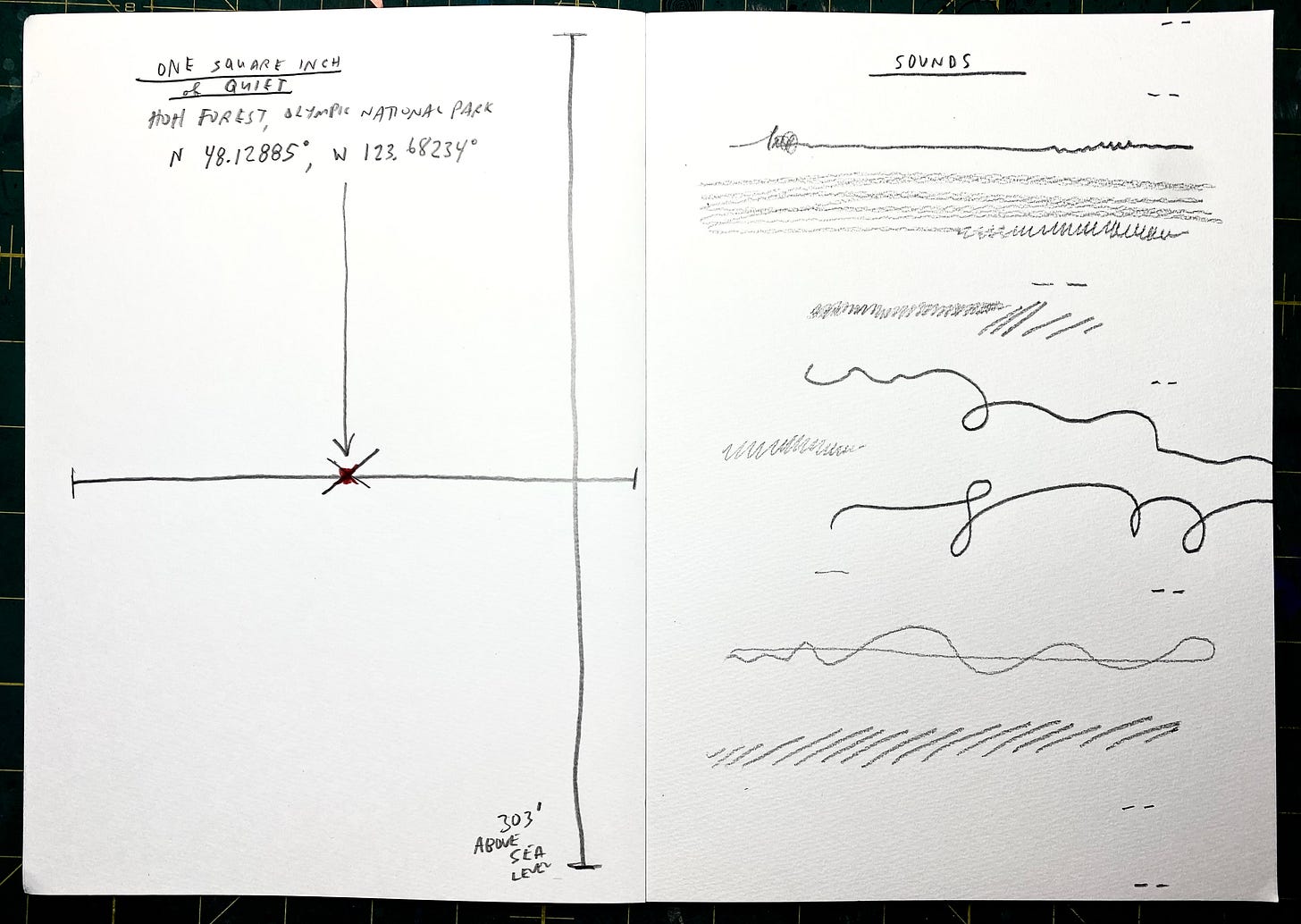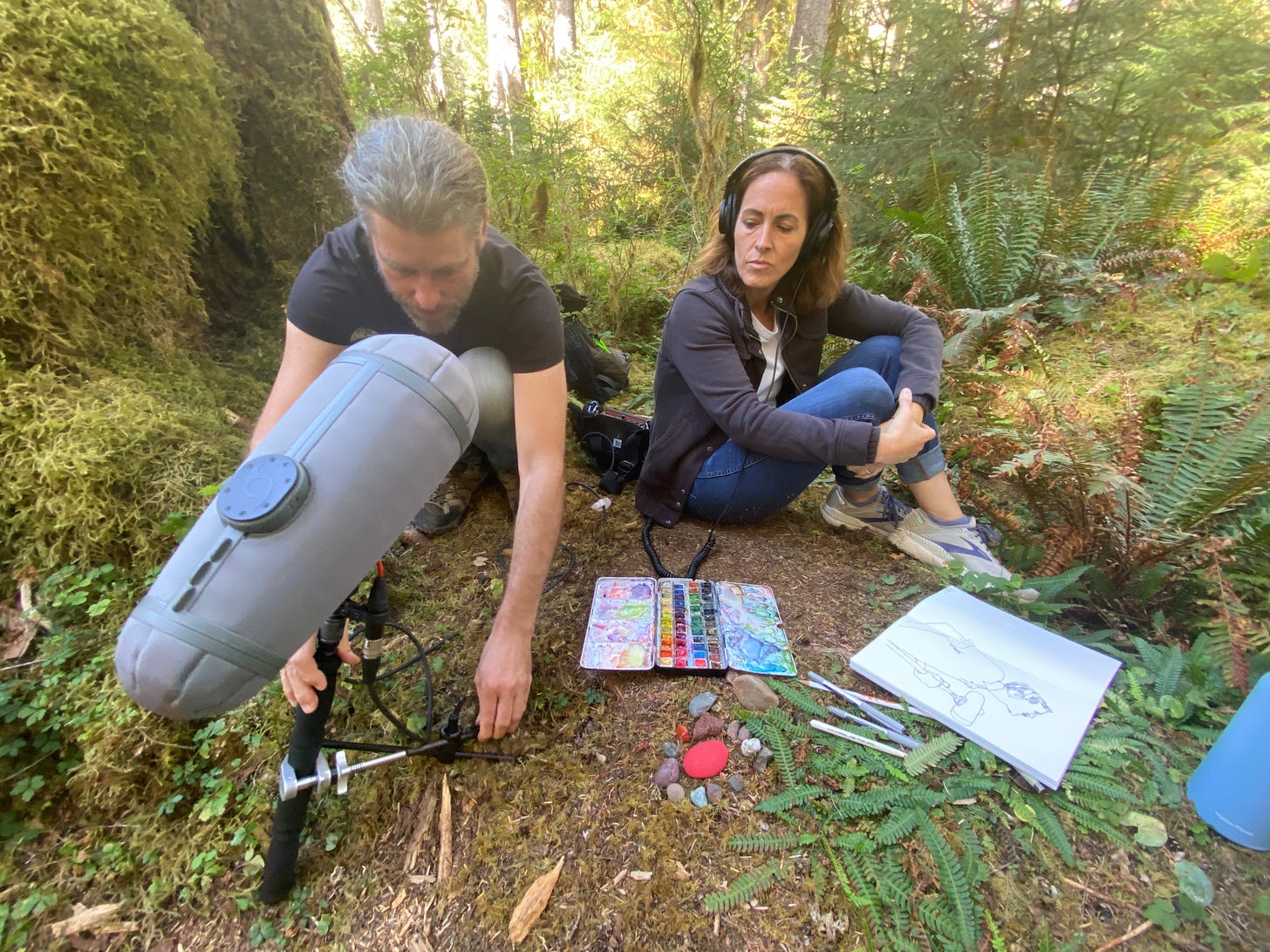Hi friends.
I’m going to ask you do something.
If you’re sitting, sit still for a moment. Or maybe you’re standing. That’s fine, too. Whichever you are doing, put your attention on the soles of your feet on the floor. If you’re sitting, feel your butt in the chair. Now pull your spine up tall, crown of head towards the ceiling. Drop your shoulders, and pull them back a little. Puff your chest. Lift your chin. Take a deep breath into your chest and let it out. Now close your eyes, and take another two deep breaths in and out. Then open your eyes back up. Turn the edges of your mouth up into slight smile.
I’m not kidding. This is not a drill. For those of you who didn’t do it, stop reading now and give it a try. I’ll wait…..
….Waiting…….
Great. Thanks for doing that with me.
I’m happy to be with you today.
I wanted to just start by getting quiet and grounding us in our bodies because I, personally, am finding it extra hard to do so right now. And I thought maybe you were, too.
The news, the internet, all the media these days, it feels like a nonstop firehose of information. While we need to keep alert, our nervous systems are not designed to absorb so much at once. We get overwhelmed and short circuit. To avoid totally shutting down, we need to titrate. We need to triage. We need to be able to hear the signal through the noise.
To do that, we need to find some quiet. Inside and out.
That’s what we’re going to practice here today, together.
Protecting Quiet Spaces
The USA’s federal parks, considered by many to be the country’s crown jewels, are losing funding and protection. Two weeks ago a group of Yosemite National Park staffers hung an American flag upside down from the summit of El Capitan in protest. (An upside down flag is a symbol for distress.) Then, a few days ago, my friend Dave sent me a link to this article: Olympic National Park's Hoh Rain Forest needs federal funds to reopen. No one knows when it will.
If the The Hoh sounds familiar, you maybe remember it from a couple years ago when my friends Dave, Jon, and Sam and I took a road trip there to visit a site called One Square Inch, AKA “the quietest place in America.” So, now, to find out that the park needs federal funding to reopen, and the path we hiked - the only road in and out - is slowly being washed away… It’s a punch in the gut.
The earth and all us creatures need quiet spaces. And we need to get loud to protect them.
This week I am resurfacing our creative adventure to the One Square Inch of silence. I think we could all use the opportunity to drop into our senses through drawing, settle into our bodies and connect with the landscape around us. Let’s get quiet, listen closely. Let’s notice with our ears, and explore with our pens.
If you would like to tell congress to protect America’s national parks, you can send them a letter here.
QUIET PLEASE. Exploring The Sound of Silence with Drawing (and Audio!)
One Square Inch of Silence
Last weekend, my friends Jon, Sam, Dave and I hiked deep into the woods of Washington State to visit One Square Inch, a conceptual art project by Gordon Hempton where natural sounds of the wilderness are uninterrupted by freeways, car horns and other human-made noise. Gordon Hempton is an “acoustic ecologist” - meaning he searches the world for natural sounds, with an ear for those that are disappearing. The endangered sound he is most interested in? Quiet.
From an interview with Gordon on OnBeing:
“If a place can have a noise-free interval of only 15 minutes or longer during daylight hours, it’s added to the list that I’ve collected for 30 years, called the “list of the last great quiet places.” At last count, here in the United States, there were only 12. None of them are protected.” - Gordon Hempton, OnBeing
This was an optimal crew for this sort of adventure.
Sam is a filmmaker who recently made a live film about sound.
Dave is a musician, editor and sound designer, and he brought his recording equipment.
Jon is a writer who writes about things like earthquakes, clouds, hospice, and his face, and how everything is connected to everything else in the universe.
I had little to contribute except unwavering enthusiasm and a backpack full of art supplies. We followed the directions off the footpath, past a splintered tree, and eventually found a post-it sized painted-red rock that marked the location of the One Square Inch…
We were alone. Just trees in every direction. Moss underfoot. Nobody else around. We got quiet, stood and listened.
And it was… LOUD.
The thing about quiet is that it’s not.
Turns out, unless you are in a totally artificial environment designed to eliminate sound1 you will always hear something. Remove all sound, and you get silence. Remove all noise, and you get quiet. And when it’s quiet, it is not that you can’t hear anything, it’s that you can hear EVERYTHING.
Remove all sound, and you get silence. Remove all noise, and you get quiet.
Dave set up his microphone and we all took turns listening.
As I listened I made some drawings. Dave recorded the sound of me making marks on the page. I drew some of what I saw: a tree, a plant, Sam listening to the forest. But the drawing I think was most interesting wasn’t the ones I made of what I heard. Instead, it was the drawing I made of the sounds themselves.
That drawing is below, accompanied by an audio piece Dave created using sound he recorded. Listen to the audio below while looking at the drawing I made and it becomes a documentation of listening through drawing.
Turn up your volume and press play to hear Dave and me making stuff together.

Listen to the world one piece at a time.
We talk about looking at the world one piece at a time in DrawTogether pretty often. This was my first time listening to it one piece at a time, and using drawing as a tool to help us listen more closely.
Since returning home from the Hoh Forest, I’ve found I’ve been paying more attention to the sounds around me. I notice the constant freeway hum more now. The rise and fall of a motorcycle engine. A neighbor’s laughter. I’m far, far away from One Square Inch of quiet. But maybe that isn’t the point.
The composer John Cage said, “we should listen to silence with the same attention we give sounds.” Gordon Hempton, and Sam with his films and Dave with his sound and Jon with his writing - and us with our drawing - we are creating opportunities to slow down, pay attention, to look and listen deeply. Because what we don’t notice, we take for granted. And what we don’t care for can easily disappear.
And now for the drawing part:
Keep reading with a 7-day free trial
Subscribe to DrawTogether with WendyMac to keep reading this post and get 7 days of free access to the full post archives.






